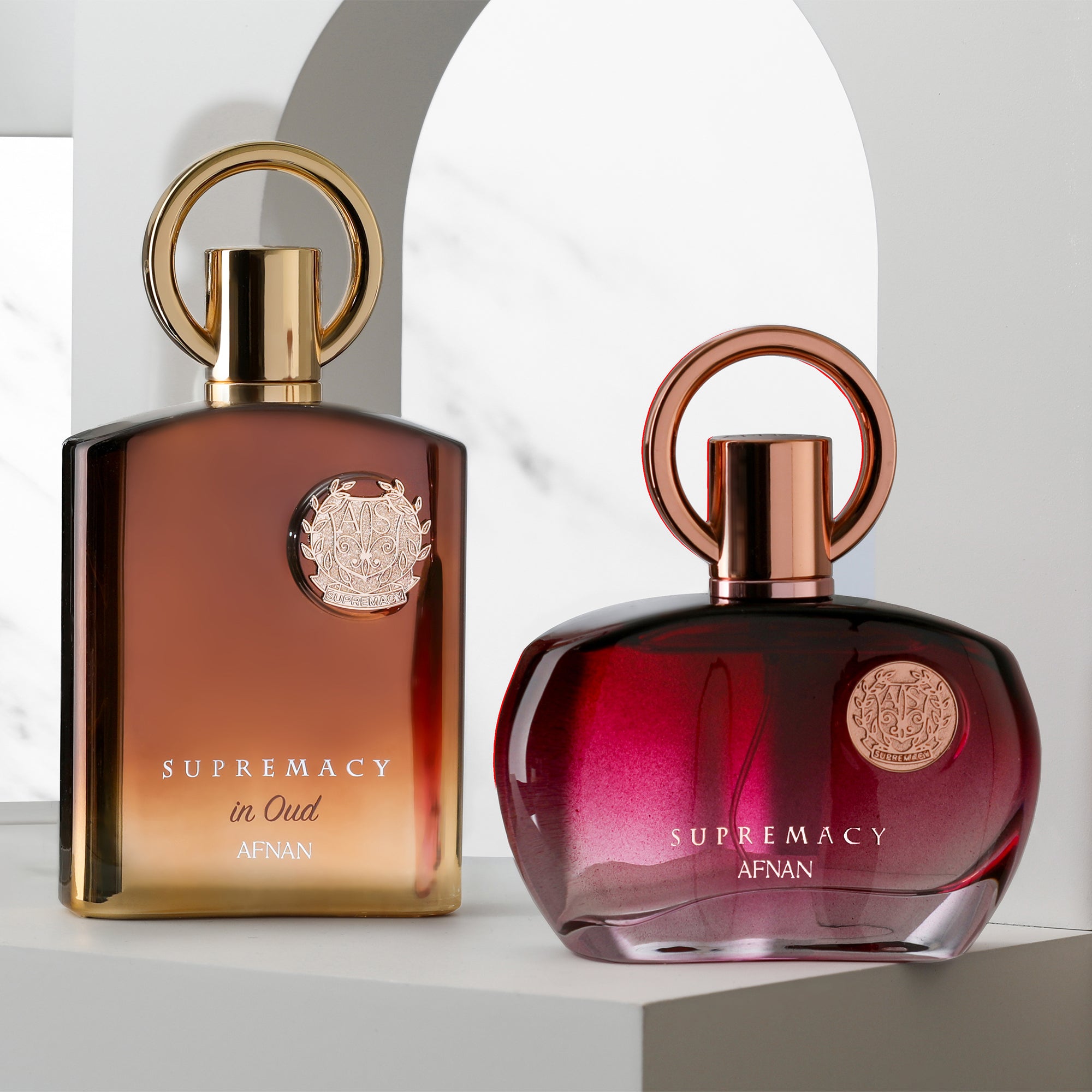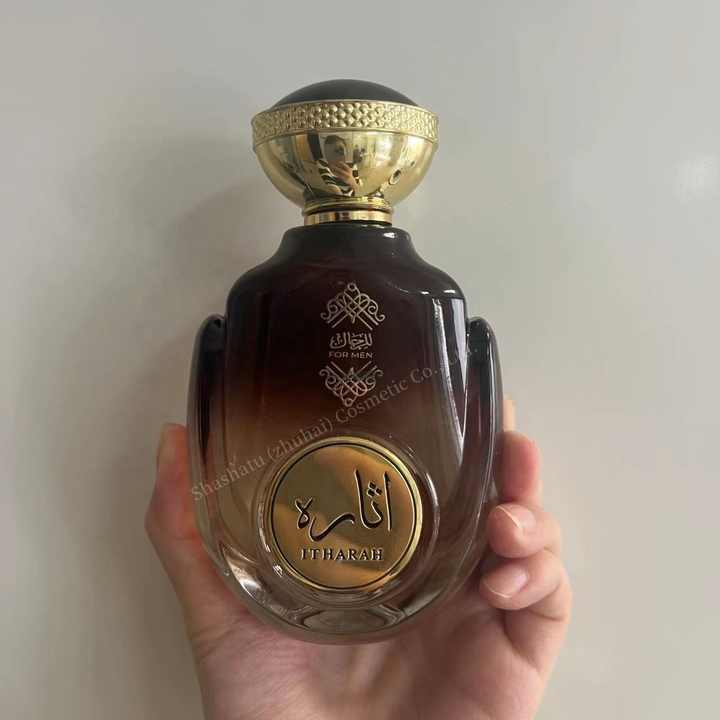Why Dubai Perfumes Are the Ultimate Choice for Fragrance Fanatics
Why Dubai Perfumes Are the Ultimate Choice for Fragrance Fanatics
Blog Article
Experience the Rich, Exotic Fragrances of Dubai Perfumes
The perfumes of Dubai stand for an one-of-a-kind convergence of custom and modernity, where the distinguished significance of oud acts as a structure for a varied range of fragrances. Each artisanal production not only captivates the senses however likewise narrates a rich social heritage, attracting from classic techniques and aboriginal ingredients. As we discover the details of these fragrances, one need to consider just how they embody the identification of a region steeped in background and tradition. What exists below the surface area of these lavish blends?
The Essence of Oud
Oud, usually referred to as "fluid gold," is a great smelling resin originated from the heartwood of the Aquilaria tree, which is native to Southeast Asia and the Middle East. This elegant substance types when the tree undergoes a fungal infection, motivating it to create a dark, aromatic resin as a defense reaction. The resulting oud is extremely valued for its rich, intricate fragrance profile that can range from sweet and woody to smoky and balsamic, making it a foundation of Middle Eastern perfumery.
Oud has a long-standing cultural relevance, usually used in typical events and as a symbol of high-end and class. Its attraction is not only due to its special scent yet also its rarity; high-grade oud can regulate impressive rates in the global market. The removal procedure is labor-intensive, with sustainability concerns developing from overharvesting of Aquilaria trees.
In modern perfumery, oud has transcended its conventional borders, motivating a brand-new wave of fragrances that include its distinctive notes. Because of this, it has actually ended up being a crucial component for both niche and mainstream fragrance homes, astounding a diverse target market worldwide.
Typical Attars Explained
Perfumes crafted in the Center East frequently include a rich custom that extends beyond modern-day artificial fragrances. These focused scent oils are obtained from herb sources, such as flavors, herbs, and blossoms, frequently with techniques like vapor distillation or enfleurage.
Attars are usually alcohol-free, making them suitable for numerous cultural techniques and preferences. They are recognized for their longevity and richness, usually lasting for hours or perhaps days after application (Dubai Perfumes). Common ingredients include sandalwood, increased, jasmine, and brownish-yellow, each contributing distinct notes that integrate perfectly in each mix

Artisanal Craftsmanship in Perfumery
The art of crafting perfumes is a careful procedure that requires not just imagination however also a deep understanding of fragrance composition. In Dubai, this artisanal craftsmanship makes use of centuries of tradition, where knowledgeable perfumers, understood as "mukhalliq," blend their proficiency with an inherent sense of scent. Each fragrance is an one-of-a-kind creation, showing the craftsmen's vision and the region's over at this website rich social heritage.
Artisans begin their job by selecting top quality basic materials, usually sourced in your area and globally. The cautious selection process makes certain that each active ingredient contributes to the fragrance's complexity and deepness. Techniques gave through generations, such as maceration and distillation, are employed to remove the essence of these materials, allowing the perfumer to catch their real personality.
Furthermore, the blending process is an art by itself. It includes not just the accurate mix of notes yet also the capability to balance nuances and strengths, producing a harmonious fragrance account - Dubai Perfumes. The end product is a testament to the craftsmen's skill and devotion, leading to perfumes that are not just items but expressive experiences that tell a tale of their origin and craftsmanship
Special Components of Dubai Fragrances
Crafted with an exceptional mix of creativity and custom, Dubai fragrances are identified by their distinct components, much of which are deeply rooted in the region's history and culture. Central to these fragrances is oud, a resinous timber from the Aquilaria tree, renowned for its rich, complicated aroma. Considered a luxury, oud is often mixed with various other components to develop deepness and refinement.
An additional staple is brownish-yellow, valued for its warm, wonderful notes that evoke a feeling of comfort. It's regularly combined with spices like saffron and cardamom, including an exotic flair that mirrors the lively markets of Dubai. Floral notes, such as rose and jasmine, likewise play a significant function, instilling the perfumes with a fresh, delicate significance that balances the larger base notes.
In addition, all-natural oils derived from natural herbs and fruits, such as bergamot and basil, contribute to the total account, enhancing the scents with invigorating and bright touches. These active ingredients, selected for their top quality and cultural relevance, make sure that Dubai scents are not simply fragrances but stand for a rich tapestry of tradition and sensory experience.

Social Significance of Dubai Perfumes
Embodying a rich cultural heritage, Dubai perfumes offer not only as personal accessories yet also as symbols of identification and custom. In an area where aroma plays a crucial role in every day life and social communications, these scents reflect the worths and custom-mades of Emirati culture. Typically, the art of perfumery has actually been an adored craft, passed click now down through generations, and deeply linked with the area's background.
Perfumes hold significant relevance throughout unique events such as wedding events, spiritual festivals, and cultural gatherings. The act of gifting fragrances is a common technique, showing respect and affection among friends and family. The distinctive scents usually stimulate memories of heritage, connecting individuals to their ancestry and communal roots.
On top of that, Dubai's perfumes are emblematic of the combination between ancient traditions and modernity. As the city comes to be an international hub for business and tourist, the scent sector has evolved, blending standard components with modern methods. Thus, Dubai perfumes not only stand for the essence of the region's social identification yet additionally envelop its vibrant spirit, making them a resource of pride for residents and an inquisitiveness for site visitors.
Conclusion
To conclude, Dubai perfumes envelop a rich tapestry of cultural heritage and artisanal workmanship. The unified blend of oud, floral, and zesty notes produces a distinctive olfactory experience that goes beyond simple fragrance, symbolizing identification and custom. Each fragrance acts as a story, showing the region's history and values. The standard attars and one-of-a-kind components contribute to the appeal of these scents, solidifying their value in both local and worldwide contexts.
The perfumes of Dubai represent an unique assemblage of custom and modernity, where the popular essence of oud offers as a structure for a diverse variety of fragrances.Perfumes crafted in the Middle East next usually incorporate an abundant practice that expands beyond modern-day artificial fragrances. These fragrances are typically saved in ornate bottles, showing the social value and visual value of the fragrance itself.The art of crafting fragrances is a careful process that requires not just imagination however also a deep understanding of scent make-up.Embodying a rich social heritage, Dubai fragrances serve not only as individual adornments yet also as symbols of identity and custom.
Report this page